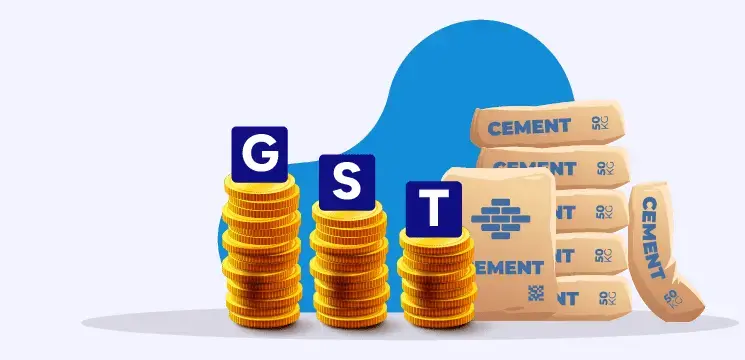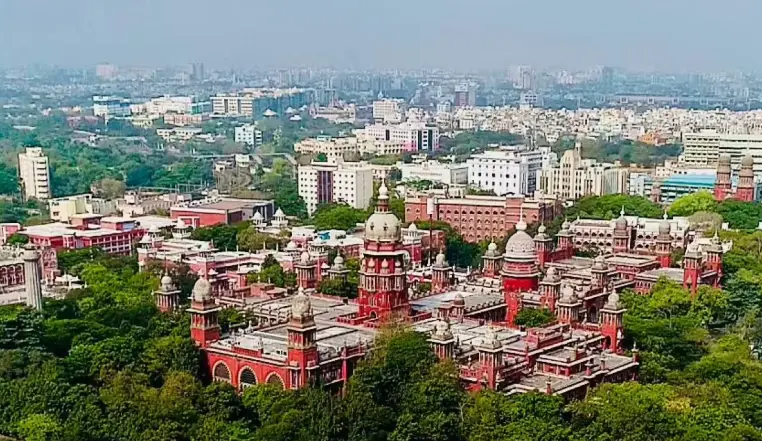The cost of building or buying your dream home may soon drop, as the government decided to lower the GST on cement to 18% from 28% during the 56th GST Council meeting yesterday. As per the GST notification, “Portland cement, aluminous cement, slag cement, super sulphate cement and similar hydraulic cements, whether or not colored or in the form of clinkers,” will see their GST rate go from 28% to 18%, effective September 22, 2025. However, the actual savings for homebuyers will depend on when and how much of this benefit the cement companies choose to pass on. As Anupama Reddy, Vice President & Co-Group Head, ICRA Ltd, explains, “Rural housing will be a key beneficiary from the government’s decision to reduce GST on cement from 28% to 18%, since this tax cut translates into a 0.8%–1.0% reduction in overall construction expenses. The price benefit of Rs 26-28/bag will be transferred to the retail customer, without materially affecting the profitability of cement manufacturers.”
How does the GST reduction on cement bring down housing costs?
With GST on cement reduced from 28% to 18%, the total post-tax cost per bag of cement will come down, subsequently lowering the total construction cost for builders. If developers pass on this tax benefit, the per-square-foot prices of houses could come down. Experts suggest that lower construction costs translate into immediate price correction or more attractive pre-launch offers for consumers.
Moreover, if an individual homeowner is in the process of building an under-construction house, the benefits will land more directly in their pockets in the form of lower GST on each cement bag and, hence, cheaper cement as raw material upfront. As CA Siddharth Surana puts it, “While most real estate developers opt for the 5% GST scheme without Input Tax Credit (ITC), and a large share of infrastructure projects are exempt or do not claim ITC, cement continues to remain one of the biggest cost drivers.” “This rate cut is therefore more than just a tax relief—it directly translates into lower project costs and improved cash flows and offers a strong boost to housing affordability and infrastructure development,” he continues. How will this move impact affordable housing? According to ANAROCK research, the affordable housing category (which includes properties priced below Rs 45 lakh) has seen its share of total sales decline from 38% in 2019 to just 18% in 2024. This GST rate cut, if translated into reduced home prices, will make the new homes more affordable to homebuyers. “The share of new supply dropped even more dramatically from 40% in 2019 to just 12% in the first half of 2025. The reduced construction costs, if passed on to homebuyers, can boost demand in these segments. India currently has a shortfall of nearly 1 crore budget homes in urban markets, and such interventions could help bridge this gap,” the research continues. As Reddy further notes, cement accounts for nearly 10-12% of total construction costs, particularly in rural housing.
https://www.livehomes.in/news_letter













